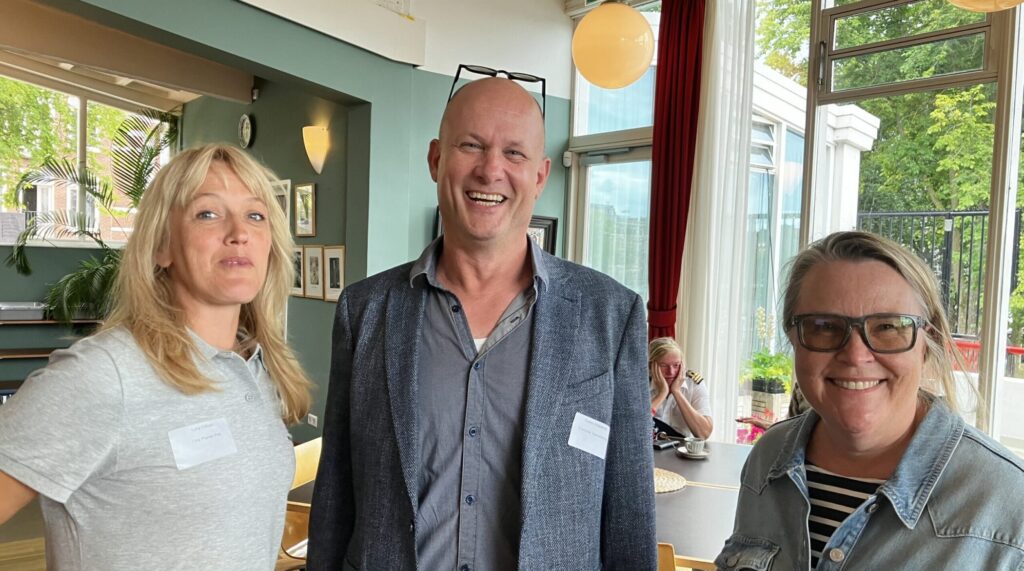Seminar ‘The future of sailing cargo shipping’
On Friday 22 August, the Winds4Change seminar took place at Watersports Association De Hoop. The packed hall discussed with enthusiasm and urgency the future of shipping: how wind and new technologies can once again play a leading role in world trade. Where the great windjammers of the 19th century were once the symbol of speed and adventure, a new chapter now seems to be starting in which sailing cargo ships and hybrid systems are giving a powerful boost to the sustainability of the sector.
“Wind is the future”

The afternoon was opened by Alderman Hester van Buren (Municipality of Amsterdam). She stressed that the port is already making great strides in sustainability, but that wind is an indispensable factor in this: “Wind is free, wind is clean. Thanks to new technologies, we can get much more out of it than before. Together we can move mountains, together you take us back to the wind. Actually, we are going back to the future.”
Historical perspective
Ger Jager took the audience into the history of sailing cargo shipping. From the glory days of clippers to the rise of steam navigation, he showed how technological choices have always been driven by reliability, speed and capacity. “History shows how innovations changed shipping again and again. We are at such a tipping point now too.”
Economy and business case
The economic side was outlined by Guus Biesbroeck (PROW Capital). He pointed out that sustainability is not only a matter of technology, but mainly a matter of economic models and contracts. Green fuels are scarce and expensive, while the European ETS system makes fossil sailing increasingly costly. This makes wind an attractive option. Guus gave a powerful example: making a large container ship more sustainable might make the ship 1.5 times more expensive, but spread over 20,000 containers, that amounts to only a few cents per pair of trainers. “That amount can be borne by any consumer – provided the contracts are set up so that it also reaches the shipowner.”
Vision and urgency
On behalf of Winds4Change, Eelco Leemans outlined the urgency of the transition. He stressed that the new era of wind in shipping is not nostalgia, but a hard necessity to reduce the sector’s emissions. Cooperation between universities, companies and governments is crucial in this regard.
Panel discussion
The keynotes were followed by a lively panel discussion in which practice and vision came together. Cosmo Wassenaar represented the Enkhuizer Zeevaartschool and spoke about the skills and knowledge that future seafarers will need to work with hybrid and wind-driven ships. Inna Brockhoff, Chief Officer and former Performance Engineer at Econowind, brought in the practical perspective of the fleet: her experience of installing and optimising VentoFoils showed how modern wind systems concretely contribute to fuel savings and emission reduction. Experts from the Amsterdam Port Authority, Econowind and Dijkstra Naval Architects also joined to discuss how to realise the ambition of making Amsterdam a testing ground for modern wind propulsion.
Setting the course together
The afternoon made it clear that the future of shipping is not only about innovative technology, but also about regulations, contracts, education and cooperation throughout the chain. The message was clear: sailing cargo shipping is not a thing of the past, but a real and necessary answer to today’s challenges.
Text: Maaike de Jong
Photos: Monique van Schendelen


